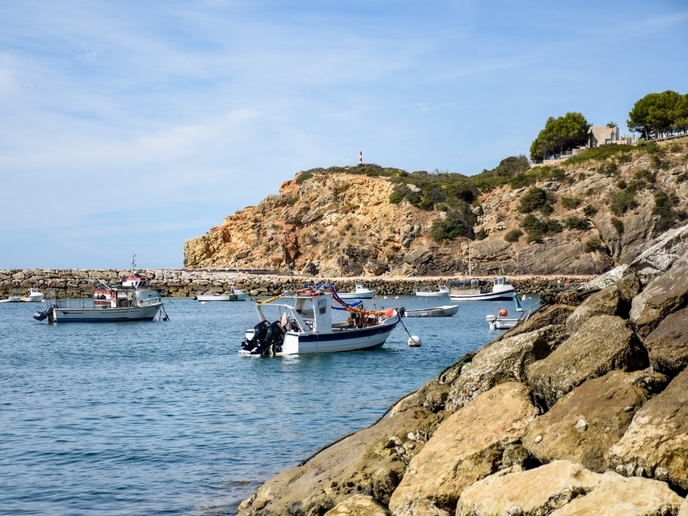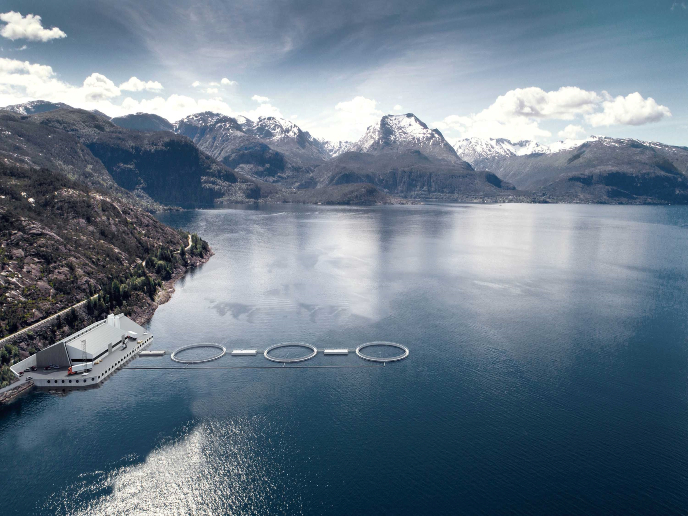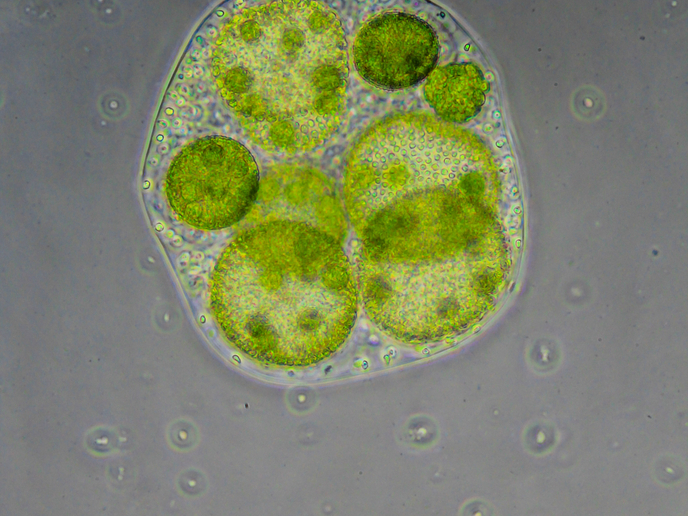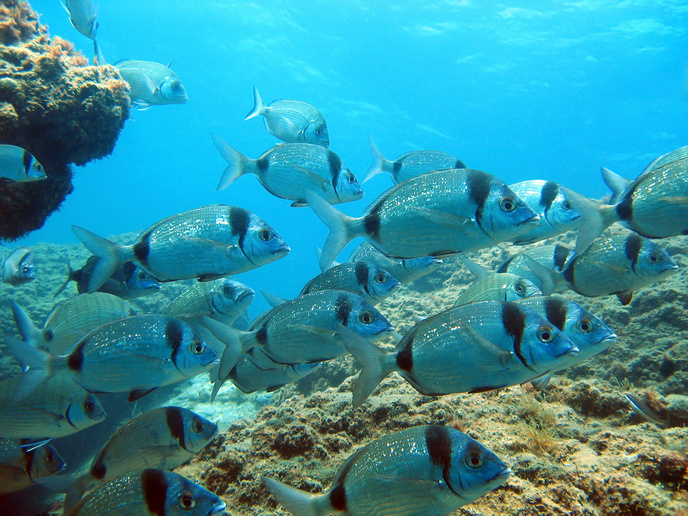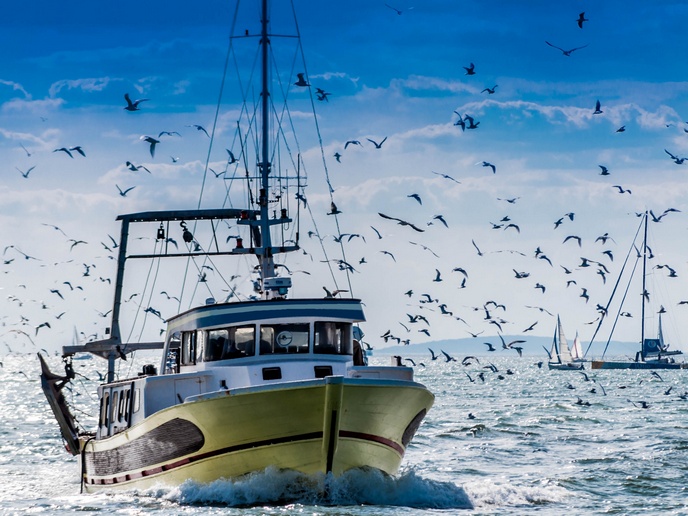Digital innovations for sustainable EU fisheries
The fishing industry provides highly nutritious seafood to millions worldwide while supporting direct and indirect employment in coastal regions. However, human activities such as overfishing, environmental degradation and climate change contribute to declining fish populations, threatening biodiversity and food security. The EU’s common fisheries policy aims to regulate fishing activities and align them with the sustainable exploitation of fish stocks as outlined by the EU’s ‘Farm to Fork’ strategy. The integration of digital technologies is essential for ensuring compliance with sustainability standards and improving socio-economic outcomes for fishing communities.
Fisheries digital transformation
To contribute to sustainable management of EU small-scale fisheries, the EU-funded Fish-X has created a secure and interoperable digital platform. “Successful fisheries management relies on several key factors, including stricter enforcement of regulations, stakeholder engagement, and science-based decision-making,” states project coordinator Jana Stünkel. Tο help enforce and control fisheries regulations more effectively and to protect endangered fish stocks, the consortium has generated the Fish-X Data Space. Integrated into the GAIA-X infrastructure, it connects fisheries stakeholders and enables the secure and controlled sharing of fisheries data. The Insight Platform serves as a cartographic user interface displaying aggregated and anonymised fisheries data, ensuring fisher privacy while providing key insights. Instead of tracking vessel movements, it displays density maps and statistical fishing data to inform fisheries management and marine spatial planning. The Traceability Platform employs blockchain technology to ensure transparent and comprehensive mapping of a seafood product from harvest to sale. A consumer-friendly traceability app allows users to scan seafood products for detailed information, promoting transparency, sustainability and fair economic returns for fishers.
Real-world implementation
To develop the Fish-X digital tools, the consortium has utilised real-world data from use cases in the Mediterranean, Atlantic and Baltic Sea. Development of the Insight Platform has been based on information obtained from small-scale and recreational fisheries. To facilitate monitoring of fishing activities, satellite-mediated devices on vessels and fishing gear have been deployed. Such devices also support management of fisheries resources. Results from pilot questionnaires indicate an overwhelmingly positive response from participating fishers with the majority indicating a desire to keep the tracking devices. This enthusiasm highlights the importance of vessel tracking in an increasingly competitive maritime environment where offshore wind farms, marine protected areas and other sectors vie for space. Fishers see the value of geolocation data as evidence to assert their traditional fishing grounds during consultation processes. The traceability application has been based on continuous feedback from stakeholders throughout the fisheries supply chain in the German Baltic Sea region. In consultation with a few selected testing partners, the goal is to ensure seafood transparency from catch to consumer.
Towards more sustainable fisheries
As the project progresses, further development and testing will continue until its completion. Additionally, several policy recommendations have been published, contributing to EU fisheries governance. “Fish-X not only addresses the immediate challenges faced by the fishing industry but also paves the way for the long-awaited digital transformation expected to benefit both the environment and the communities that depend on it,” concludes Stünkel.
Keywords
Fish-X, fisheries, sustainability, digital transformation, traceability app, insight platform



